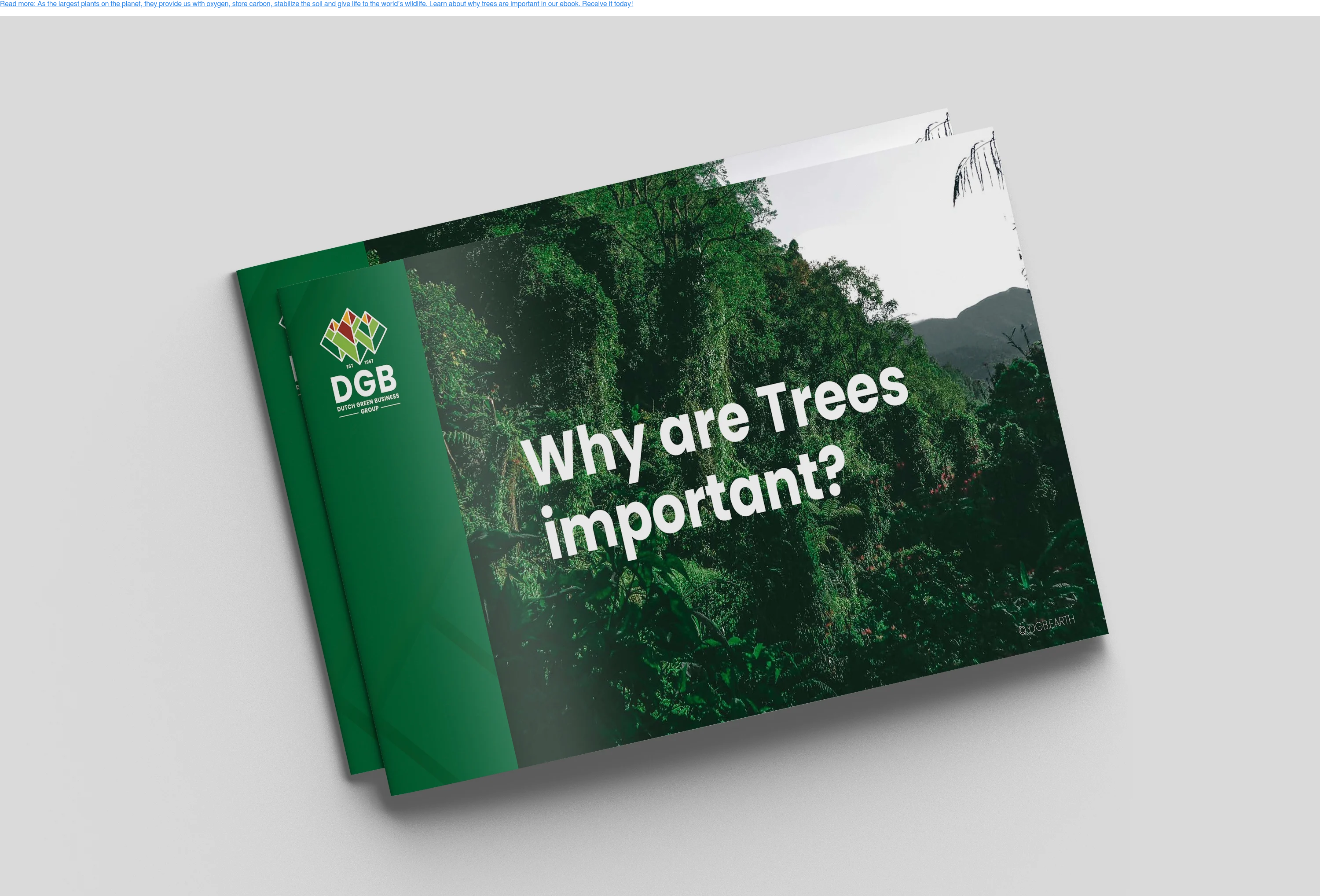Trees are responsible for absorbing a certain percentage of the surplus carbon dioxide which is added by humans to the atmosphere of the planet lately.
This can be considered to be a worthy service considering the fact that we are releasing approximately 2.57 million pounds of the gas each second, and it is possible for the gas to linger for centuries in the sky.

More trees are required
It is known to us that more trees will be required by our planet. And even though we are not doing much regarding the climatic change, we are nevertheless planting lots of trees at present.
Nevertheless, the total number of trees on the Earth has decreased by 46% since agriculture was first started approximately 12,000 years earlier.
These days, mostly slower-growing trees are planted by us at higher latitudes which happen to be less effective absorbers of carbon dioxide.
It is imperative for us to plant many more trees in many more places. But what should be the number of trees? As per the Intergovernmental Panel on Climate Change of the United Nations, adding forests covering areas of 1 billion hectares will help to restrict global warming to 1.5° Celsius by 2050 above pre-industrial levels.
Here, we like to mention that 1 billion hectares of area are a bit bigger as compared to the land area of the US.
However, it is very much likely that trees will not be able to come to our help forever. Researchers have found that trees are capable of clearing only a portion of the total carbon dioxide present in the surroundings. Meanwhile, planting trees is nevertheless important.
A closer look has been taken at this issue by a couple of new studies. While one is concerned about the feasibility of planting trees almost anywhere they can grow, the other has emphasized the opportunities of reforestation in the tropics.

Our planet needs more trees
In one particular new study, the researchers made an attempt to find out how many more trees can be supported by our planet.
It has been found that the earth has got in excess of 900 million hectares of land which will be able to support new plantations of trees.
If it was possible for this land to support forests, it has been found that it will be able to hold in excess of 500 billion trees which will be able to store 205 gigatonnes of carbon.
According to them, it will be a big deal. However, this figure has been disputed by several other researchers like Zeke Hausfather, the climate scientist.
Either way, this demonstrates that reforestation will be capable of mitigating climatic change which is making life quite difficult for lots of trees, particularly in the tropics.
According to them, in case we are not able to deviate from the present trajectory, the worldwide potential canopy cover might minimize by 223 million hectares by the year 2050 and huge losses will take place in the tropics.
They also added that their results showcase the opportunity of climatic change mitigation by means of global restoration of trees, and also the urgent requirement for action.
Undo deforestation
A somewhat less determined approach has been taken by the other study. Instead of quantifying the global prospective for reforestation, it is concerned about how to optimize limited resources so as to undo deforestation in the tropics.
Apart from identifying areas where it will be possible to regrow forests, the authors likewise evaluated the possibility of reforestation while considering economic and social aspects that might be affecting the success of tree-planting endeavors.
It was found by them that there is a restorable area of approximately 863 million hectares for forests which is approximately the land area of Brazil.
A “restoration opportunity score” was also assigned by them to different places and they figured out that approximately 12% of the restorable area is able to satisfy their conditions of a “restorable hotspot”.
It is not only possible for the forests in all these hotspots to hold plenty of biodiversity and carbon, but they are more likely to survive as compared to other areas.
Different approaches have been used by these two studies which have reached different conclusions.
While forest reforestation will not be able to solve the problems immediately, this research suggests that it might be our best hope in the long run.






